Culinary Versatility
Pandan tea's unique flavor profile and aromatic qualities contribute to its culinary versatility, which serves as a significant driver in the Pandan Tea Market. This tea is not only consumed as a beverage but is also utilized in various culinary applications, including desserts and savory dishes. The growing trend of fusion cuisine, where traditional ingredients are combined with modern cooking techniques, enhances the appeal of pandan tea. Market data indicates that the food and beverage sector is increasingly incorporating herbal teas, with pandan tea being a notable example. This versatility may attract a diverse consumer base, further expanding the market. The Pandan Tea Market is likely to see increased interest from both culinary professionals and home cooks alike.
Health Benefits of Pandan Tea
The increasing awareness of health benefits associated with herbal teas, particularly pandan tea, appears to be a driving force in the Pandan Tea Market. Rich in antioxidants and known for its anti-inflammatory properties, pandan tea is gaining traction among health-conscious consumers. According to recent data, the herbal tea segment is projected to grow at a compound annual growth rate of 5.5% over the next five years. This trend suggests that consumers are increasingly seeking natural remedies and beverages that promote well-being. As a result, the demand for pandan tea is likely to rise, positioning it as a key player in the broader herbal tea market. The Pandan Tea Market is thus poised to benefit from this health-centric consumer behavior.
Sustainability and Organic Farming
The rising consumer preference for sustainable and organic products is influencing the Pandan Tea Market. As more consumers become environmentally conscious, the demand for organically grown pandan tea is expected to increase. This shift towards sustainability is reflected in market trends, where organic tea sales have seen a notable uptick, with a growth rate of approximately 7% annually. Producers who adopt sustainable farming practices may find themselves at a competitive advantage, appealing to eco-conscious consumers. The Pandan Tea Market could potentially benefit from this trend, as brands that emphasize organic and sustainable sourcing are likely to resonate with a growing segment of the market.
Cultural Significance and Tradition
Pandan tea holds cultural significance in various regions, particularly in Southeast Asia, where it is often associated with traditional practices and rituals. This cultural relevance serves as a driver in the Pandan Tea Market, as consumers seek authentic experiences and flavors that connect them to their heritage. The increasing interest in cultural foods and beverages has led to a resurgence in traditional drinks, including pandan tea. Market Research Future suggest that products with cultural ties are more likely to attract consumers, as they offer a sense of nostalgia and authenticity. The Pandan Tea Market is thus likely to benefit from this cultural appreciation, as it aligns with the broader trend of valuing heritage in food and beverage choices.
Digital Marketing and Social Media Influence
The rise of digital marketing and social media platforms is transforming the way consumers discover and engage with products, including pandan tea. The Pandan Tea Market is experiencing a shift as brands leverage social media to reach a wider audience and create brand awareness. Influencer marketing, in particular, appears to be a powerful tool in promoting pandan tea, as influencers share their experiences and recipes with their followers. Data indicates that brands utilizing social media effectively can see a significant increase in sales, with some reporting growth rates of up to 30% after targeted campaigns. This trend suggests that the Pandan Tea Market is likely to evolve rapidly, driven by the digital landscape and changing consumer behaviors.


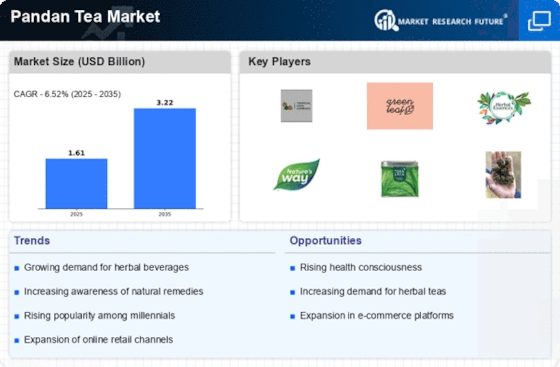
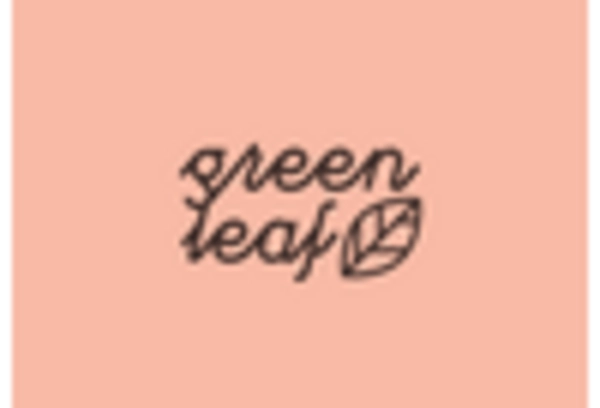

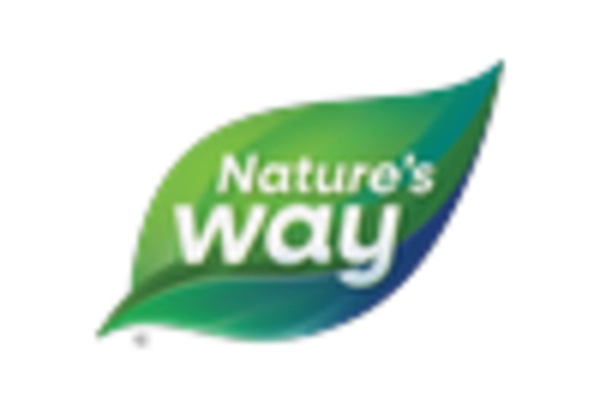

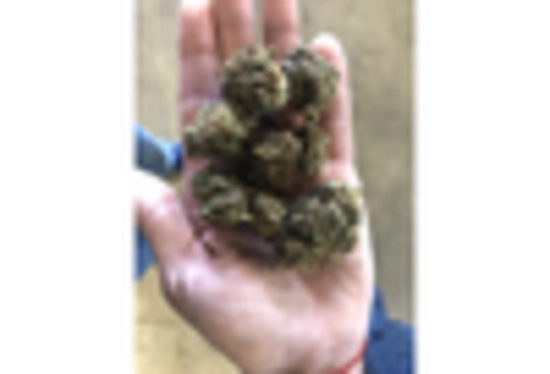
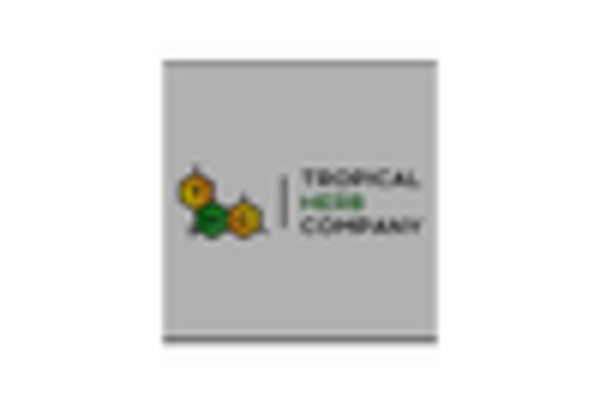








Leave a Comment